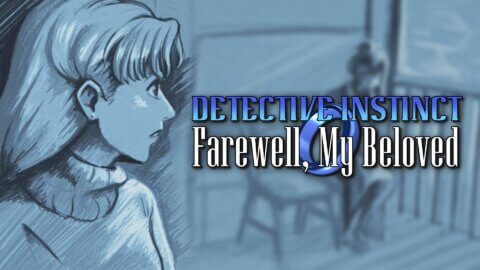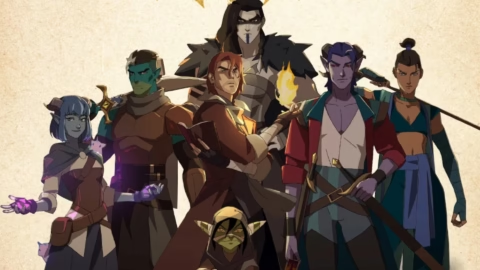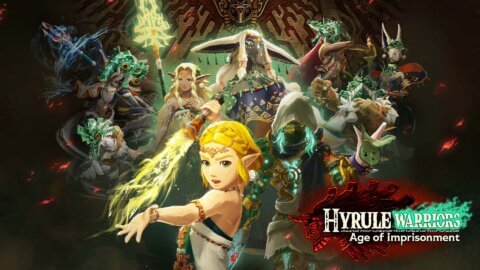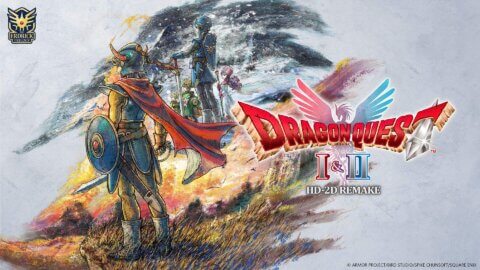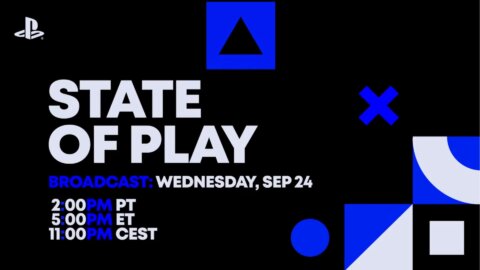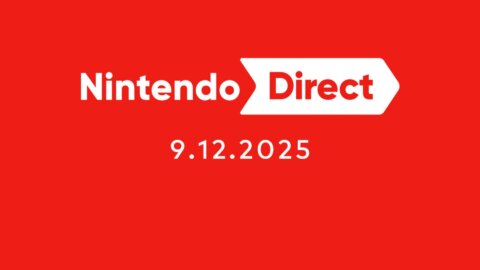Remember when the wizards at CD Projekt Red got The Witcher 3 running on the Nintendo Switch? Well they’ve done it again, this time with 2020’s Cyberpunk 2077. Before i’d had the chance to get hand’s on, I never thought I’d be able to say that Cyberpunk 2077 runs great on a Nintendo handheld. In fact, it doesn’t just run—it shines. After years of updates, overhauls, and the kind of dedication you rarely see from developers, CD Projekt Red has somehow pulled off the unthinkable and delivered on the intended vision that Cyberpunk 2077 was pitched with. The Ultimate Edition of Cyberpunk 2077 on the Switch 2 isn’t just a serviceable port—it’s arguably one of the best third-party games ever released on a Nintendo system.
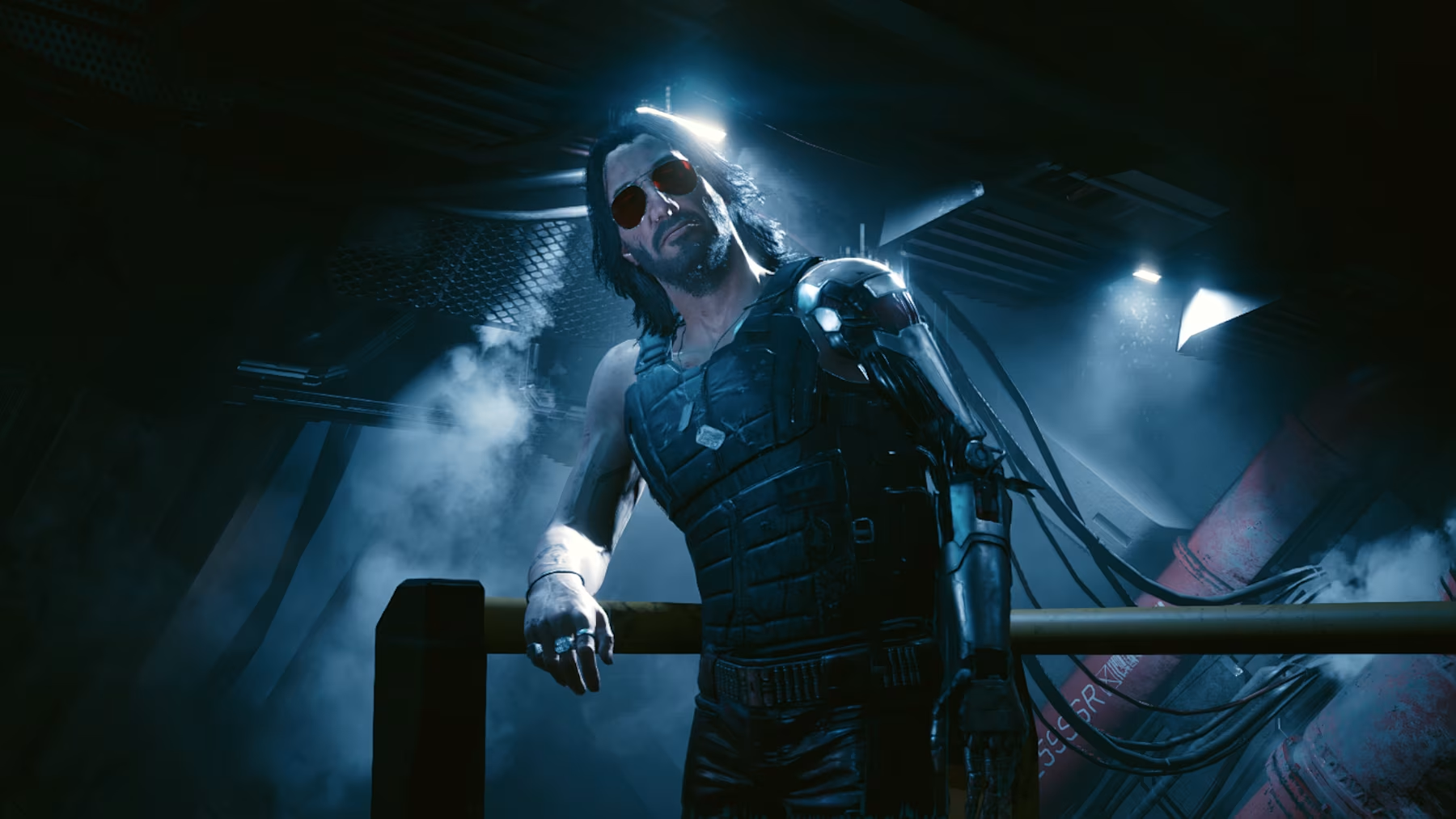
But to really understand the miracle of this version, you have to go back to where it all started.
Cyberpunk 2077’s launch in 2020 was… rough. Many players that picked up the last-gen console versions ran headfirst into bugs, crashes, and performance issues that turned what should’ve been a revolutionary game into a cautionary tale. The ambitious promise of Night City was buried under technical issues and backlash so fierce it nearly derailed CDPR’s reputation entirely.
But over the years, CD Projekt Red did something few companies actually follow through on—they committed to making it right. Not just patches and band-aids, but meaningful updates, system redesigns, and performance improvements. And more than that, they stayed engaged, they communicated, and they rebuilt trust with a huge chunk of the gaming community.
The result? By the time the Ultimate Edition dropped—complete with the Phantom Liberty expansion and a fully rebuilt RPG progression system—it felt like Cyberpunk 2077 had finally become the game it was always meant to be. And now it’s made its way to the Nintendo Switch 2.
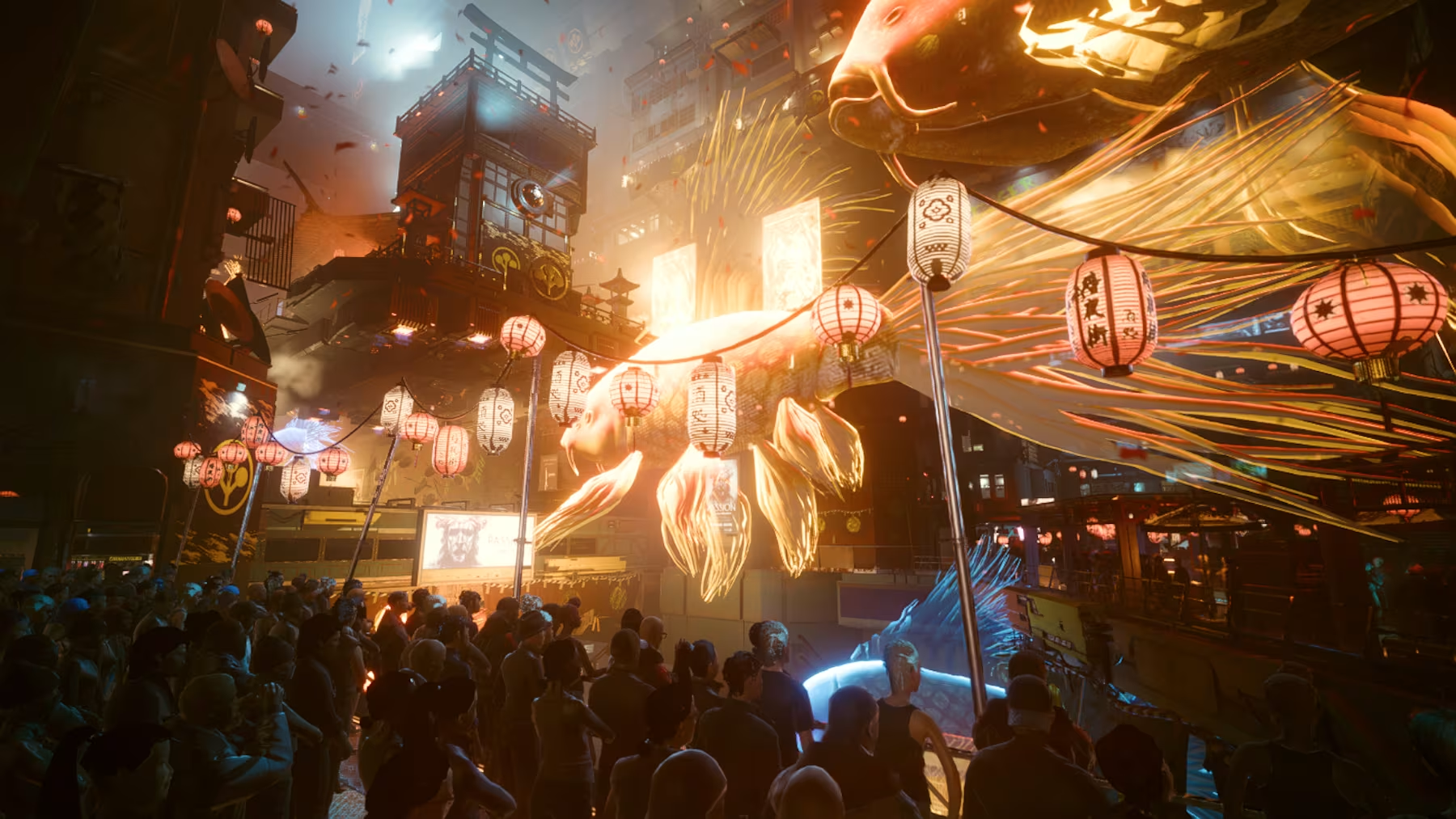
If you’ve somehow missed Cyberpunk until now, here’s the setup: you play as V, a mercenary in the tech-saturated sprawl of Night City. The game wastes no time before showing you how gritty and crime-filled the city can be and before long you’re making a name for yourself within the city, along with some help from Johnny Silverhand, a terrorist rockstar played by Keanu Reeves. As V, your goal becomes survival, legacy, and choice—how you navigate the brutal underworld of this dystopia is entirely up to you.
Character creation is robust, still one of the most detailed in any RPG. From cybernetic mods to body type to voice, it lets you shape a version of V that feels uniquely yours. And once you’re out in the world, Night City pulls you in and doesn’t let go.
Even on the Switch 2’s smaller screen, Night City pops. The neon glow, the gritty side streets, the verticality, the reflections in the rain—it’s all here. I found myself repeatedly pausing to just stare at my surroundings, forgetting I was playing on a handheld. That’s the level of fidelity they’ve managed to squeeze out of this system.
One of the biggest overhauls since launch is the RPG progression system, and it makes all the difference. In the original version, skill trees felt like spreadsheets at times. Now, your choices matter. Whether you want to play as a stealth hacker, a melee bruiser, or a gun-slinging samurai, the game supports you fully. It’s not just number tweaking—it’s identity shaping. I played as a netrunner this time around, focusing on hacking and stealth. The perks I chose opened up new dialogue, changed how I approached missions, and gave me real control over how I navigated the story. It’s deeper, smarter, and way more satisfying than it was at launch.
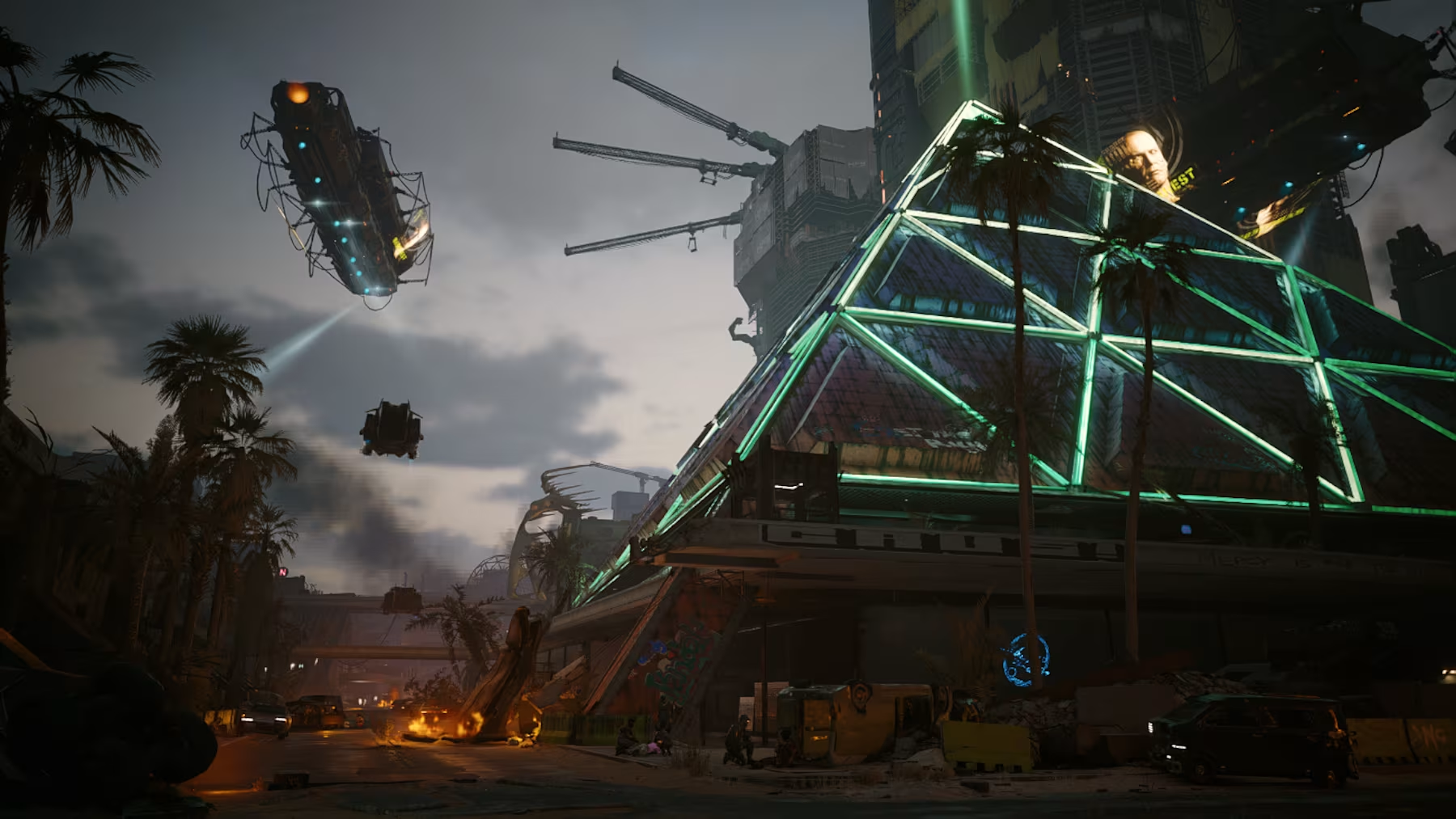
The writing in Cyberpunk 2077 remains one of its biggest strengths. Main missions deliver cinematic set pieces and high-stakes drama, but it’s the side content that really blew me away again. Characters like Panam, Judy, River, and Kerry aren’t just side quests—they’re emotional arcs with real payoff. Some of the best storytelling in the game lives outside the critical path. There’s a humanity to the world that makes Night City feel lived-in. It’s not just a sandbox—it’s a real place, with real people, and it’s easy to get lost in it.
Included in the Ultimate Edition is Phantom Liberty, the game’s expansion that takes you into the new district of Dogtown. This is where Cyberpunk hits another gear entirely. You’re pulled into a spy-thriller narrative with Idris Elba’s Solomon Reed, and the pacing, writing, and mission design are top-tier. If the base game is about discovering who you are, Phantom Liberty is about what you’re willing to sacrifice. It’s darker, sharper, and raises the stakes emotionally and narratively. Honestly, it’s worth the price of admission on its own and is the best expansion to a game since The Witcher 3’s Blood and Wine.
Let’s talk about performance, because this is where I kept my expectations realistic—and were totally shattered. The Switch 2 version includes two graphic modes: Quality and Performance. Quality mode targets 30fps with a focus on visuals, while Performance mode aims for 40fps but requires a 120Hz display when docked. Both are available in handheld thanks to the Switch 2’s native 120Hz screen.
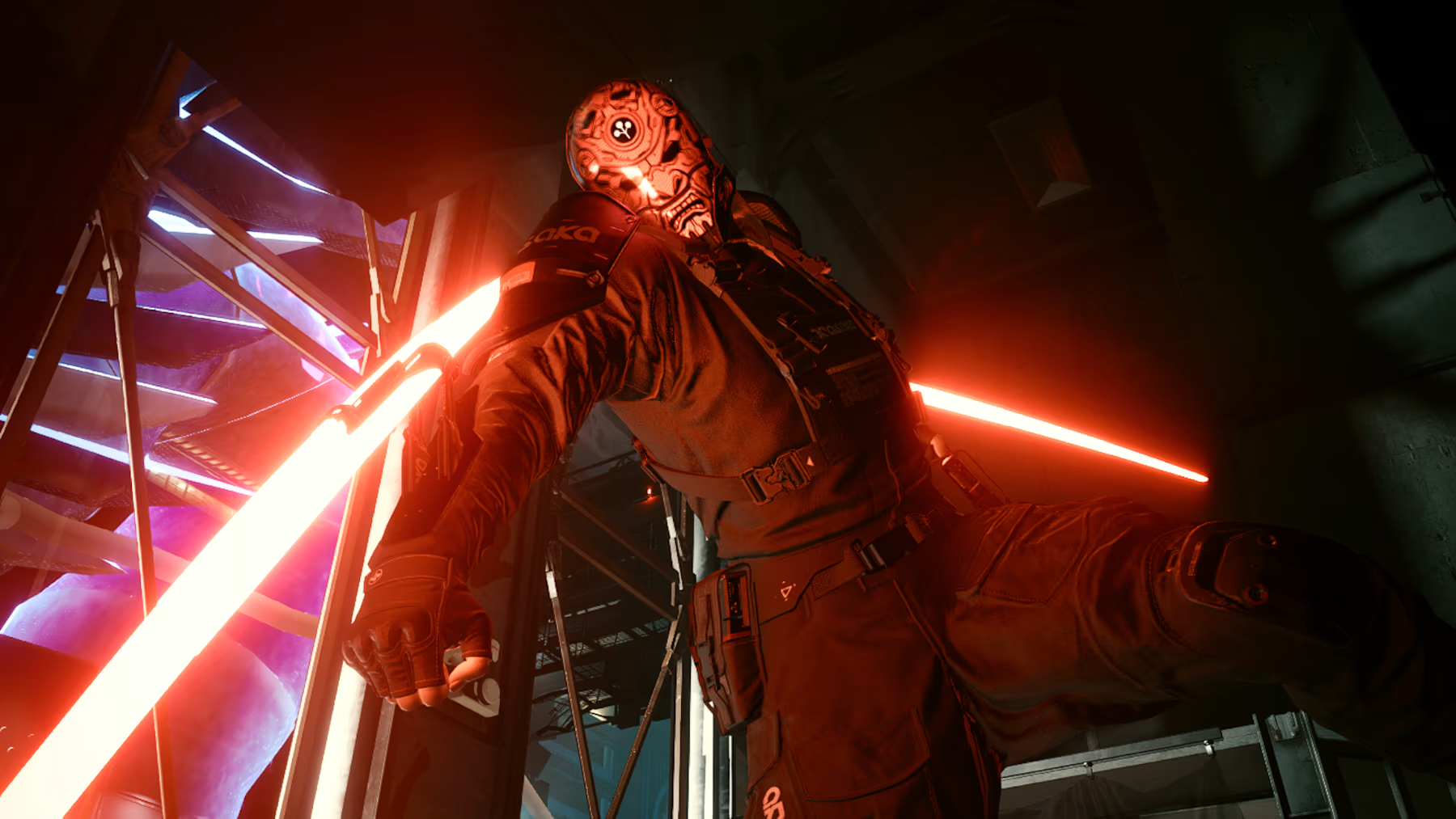
I played a good portion of the game in handheld, and it looked fantastic. The neon skyline, the reflections, the detail—it’s shocking how good it looks. And while yes, it doesn’t rival a high-end PC, it holds its own remarkably well. Easily the best-looking third-party game ever released on a Nintendo console. The framerate remained stable for the most part. I only noticed minor drops during absolute chaos—lots of explosions, crowds, weather effects all stacking at once. But otherwise, it was smooth sailing. Not once did I feel like the game was struggling. Though when playing in handheld, battery life takes a hit, no surprise there. This game is a beast, and if you’re playing during a long commute or travel, bring a charger. But the ability to lose yourself in Night City on the go is worth it.
CDPR didn’t just port the game—they adapted it. The combat tutorial now walks you through several new control schemes tailored to Switch 2. There’s motion control aiming (which I used for most of my playthrough and loved), and there’s a brand-new mouse mode that leverages the JoyCon 2.0’s internal sensor to simulate a PC-like experience. It’s a bit weird at first—left JoyCon handles movement traditionally while the right acts like a floating mouse—but it clicks with a little practice.
You can customize these modes even further, like enabling motion controls only when aiming down sights. It’s not a gimmick—they genuinely make the game more playable depending on your preference. CDPR didn’t phone this in. They clearly spent time making the most of the Switch 2’s unique hardware.
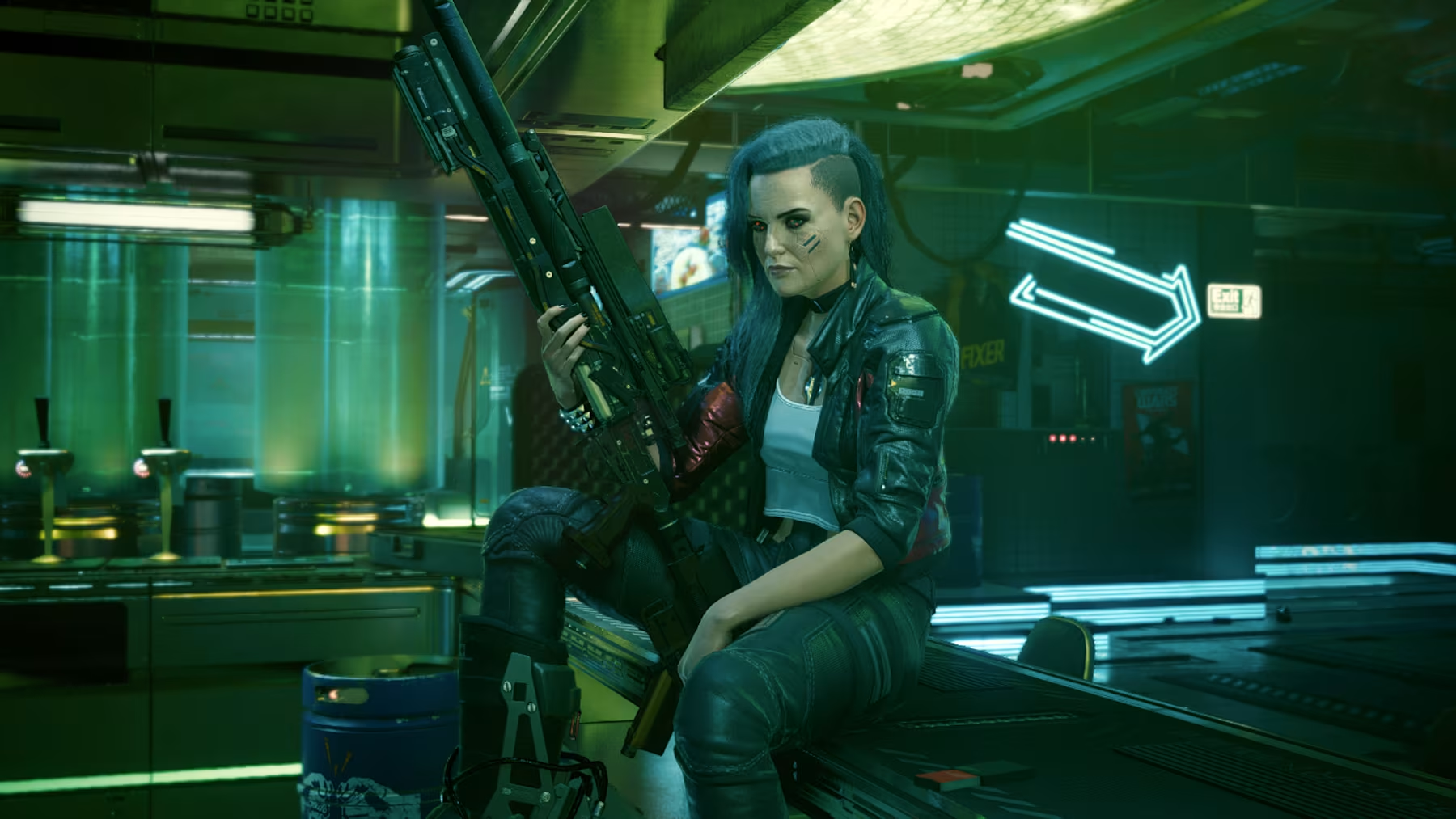
Final Thoughts
Cyberpunk 2077: Ultimate Edition on Nintendo Switch 2 is nothing short of a triumph. Not just because it runs well, or looks good, or offers a complete package of content—but because it proves what’s possible.
This is a game that stumbled hard out of the gate, but now stands tall as a sprawling, immersive, and unforgettable RPG. That it now fits in your backpack, runs beautifully in your hands, and takes advantage of the Switch 2’s hardware in meaningful ways—that’s a testament to both CDPR’s commitment and the untapped potential of Nintendo’s new console. Other third-party devs, take note: this is the bar. Because Cyberpunk 2077 just showed us what’s possible—and it’s damn impressive.
A Nintendo Switch 2 review code was provided by the publisher for the purpose of this review.
If you want to see more content like this and never miss one of our frequent gaming and anime giveaways come and Follow Ani-Game on Twitter.
9.5
- + An amazing feat that it runs and looks so good
- + Still one of the best modern RPGs
- + Comes with the incredible Phantom Liberty expansion
- + Makes an effort to integrate new features of the Switch 2
- - Very minor frame drops
- - You’ll need to charge the console during longer handheld sessions
